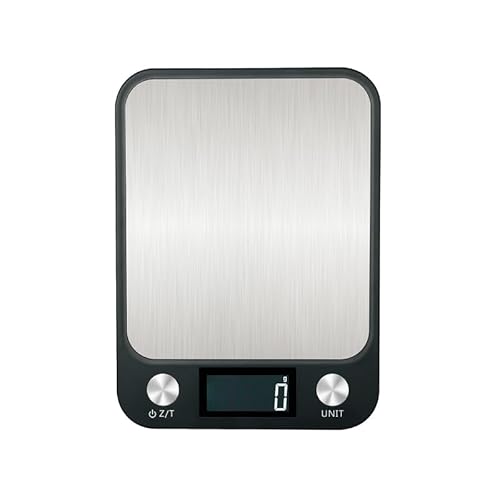"Harshest in what ways?"
She probably means it's too cleansing and strips the natural oils off your skin, making it feel too dry. That's a problem with lye soaps, especially when you have sensitive skin.
"Can soap expire?"
Yes, it can. It depends on the oils used, their freshness, the percentage, the superfat, the water used, sometimes even additives play important roles. If you make balanced soap with lots of saturated fats, fresh oils, include some sort of an antioxidant or a chelator - it will take years before you notice any bad change, if any. Some soapers have kept soap bars for 7 years and more, reporting they look and work well. Actually, a soap bar is much better (long lasting, lather inducing, milder) after a year or two, as opposed to after only a month or two.
"The thing that scares me about this is the 0% super fat. I feel like I'd mess it up! Would it be possible to do like 2.5% or something? Would that make it slimy? (also, what does slimy even mean in the context of soap?)"
I know what you mean. If you don't feel comfortable jumping straight to 0% SF and you want to get a little more familiar with how lye works, you can try 3-5% SF. But that way this particular castile recipe will need to be cured for a lot longer to get the properties of a regular, non-castile soap bar - like, you would use it normally after 5-6 months instead of only 1, imho (someone correct me if I'm wrong, since I've made castile soap but I never tried Zany's recipe so far). In that case you may want to try a recipe that has more oils, like what the rest suggested (high in palm/lard/tallow). Combined with 5% SF it will give you a more balanced soaping and testing experience.
As for slime - soaps high in non-saturated fats (oleic, linoleic, linolenic) tend to give some snotty feeling when not cured enough or if the SF is too high. To better explain it - it "feels" like there's a little bit of liquid soap mixed within the hard soap bar, which can be best described as slime - which some people hate and others love. I hate it, or at least don't like it, ymmv.
"Thank you for the recipe! How much water and lye would I use? Do I calculate it myself using a calculator? Or how does that work exactly?"
http://www.soapcalc.net/calc/SoapCalcWP.asp
That's the free online calculator a lot of soapers use. Make sure to never follow an online recipe when it comes to ingredients weight, always run it through this calculator (or a similar) to make sure you have the right quantities and it's safe to use.
Take your time checking the information available on the soapcalc website regarding using the calculator properly, because you will have questions for sure - don't worry, you can ask here if you don't understand something, or you can also search some older threads with relevant information. Better safe than sorry, after all.
I would suggest you change the lye calculation from "as % of oils" to "lye concentration" and set it to 33% for your first batch. Once you get more comfortable, you can experiment with higher concentrations.
Hope that helps!











































